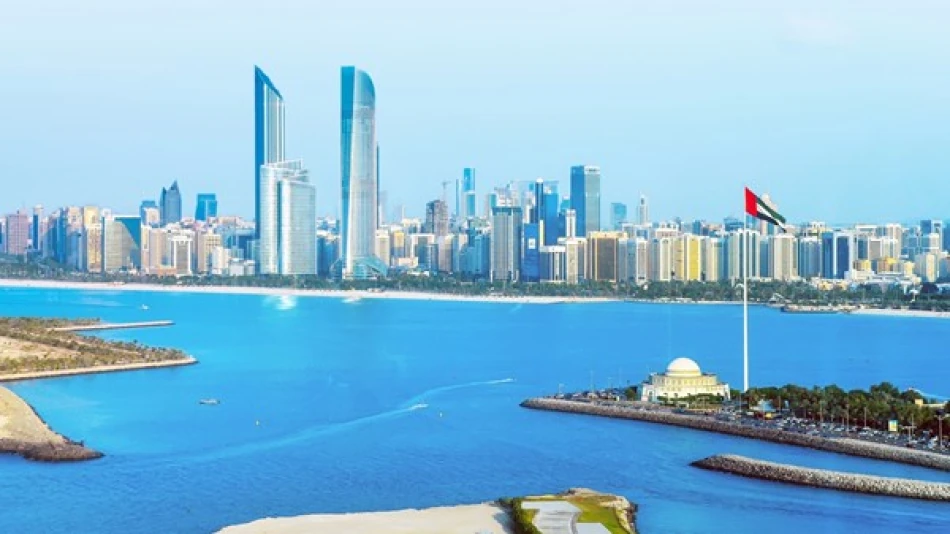
Rainy Forecast: Chance of Towering Clouds and Showers Ahead
UAE Braces for Mixed Weather Conditions as Summer Heat Intensifies
The UAE's National Center of Meteorology has forecast a day of contrasting weather patterns across the Emirates, with temperatures soaring to 47°C in inland areas while coastal regions experience partial cloud cover and potential rainfall. The weather system highlights the country's diverse microclimates during the intense summer season, with eastern regions expected to see cumulus cloud formation and scattered precipitation.
Regional Weather Variations Paint Complex Picture
Tomorrow's forecast reveals the stark geographical contrasts that define UAE weather patterns. While Abu Dhabi and Dubai will experience scorching temperatures reaching 45-46°C, the eastern emirate of Fujairah will see more moderate conditions at 35°C, accompanied by significantly higher humidity levels of up to 90%.
The interior regions, including Al Ain and Liwa, are set to bear the brunt of the summer heat with temperatures climbing to 47°C. This temperature differential of over 12 degrees between coastal and inland areas demonstrates the significant impact of the Arabian Gulf's moderating influence on the UAE's climate.
Dust and Visibility Concerns for Transportation
Wind conditions present particular challenges for the region's busy transportation networks. The meteorological center warns of moderate to strong winds reaching speeds of up to 50 km/h, particularly in areas with cloud formation. These conditions are expected to stir up dust and sand, reducing horizontal visibility—a critical concern for the UAE's major airports in Dubai and Abu Dhabi, which serve as global aviation hubs.
Maritime Conditions Favor Regional Trade
Both the Arabian Gulf and Sea of Oman are forecast to remain calm with light waves, providing favorable conditions for the region's crucial maritime trade routes. The detailed tide schedules indicate normal tidal patterns, supporting the continuous flow of commercial shipping through key ports including Jebel Ali and Khalifa Port.
The stable sea conditions are particularly significant given the UAE's position as a major re-export hub, with approximately 60% of the region's non-oil trade passing through its ports. Calm waters ensure minimal disruption to the supply chains that connect Asia, Europe, and Africa.
Summer Weather Patterns Reflect Climate Challenges
The forecast underscores the UAE's ongoing adaptation to extreme summer conditions, with humidity levels varying dramatically from just 10% in Al Ain to 90% in coastal areas like Al Ruwais. These conditions place significant strain on the country's energy infrastructure, as air conditioning demand peaks during daylight hours.
The potential for fog formation in western regions during Sunday morning hours follows typical patterns for the Emirates, where temperature differentials between land and sea create localized weather phenomena. This natural occurrence has become increasingly important for the UAE's cloud seeding programs, which aim to enhance precipitation in water-scarce regions.
Economic Implications of Weather Extremes
The extreme temperature variations carry economic implications for the UAE's diversified economy. The construction sector, which employs hundreds of thousands of workers, must navigate midday work restrictions during peak heat periods, while the tourism industry benefits from the more moderate coastal conditions that attract millions of visitors annually.
Agricultural operations in areas like Al Ain face particular challenges with temperatures reaching 47°C and humidity dropping to just 10%, highlighting the importance of the UAE's investments in climate-controlled farming technologies and water conservation systems.
 Layla Al Mansoori
Layla Al Mansoori







